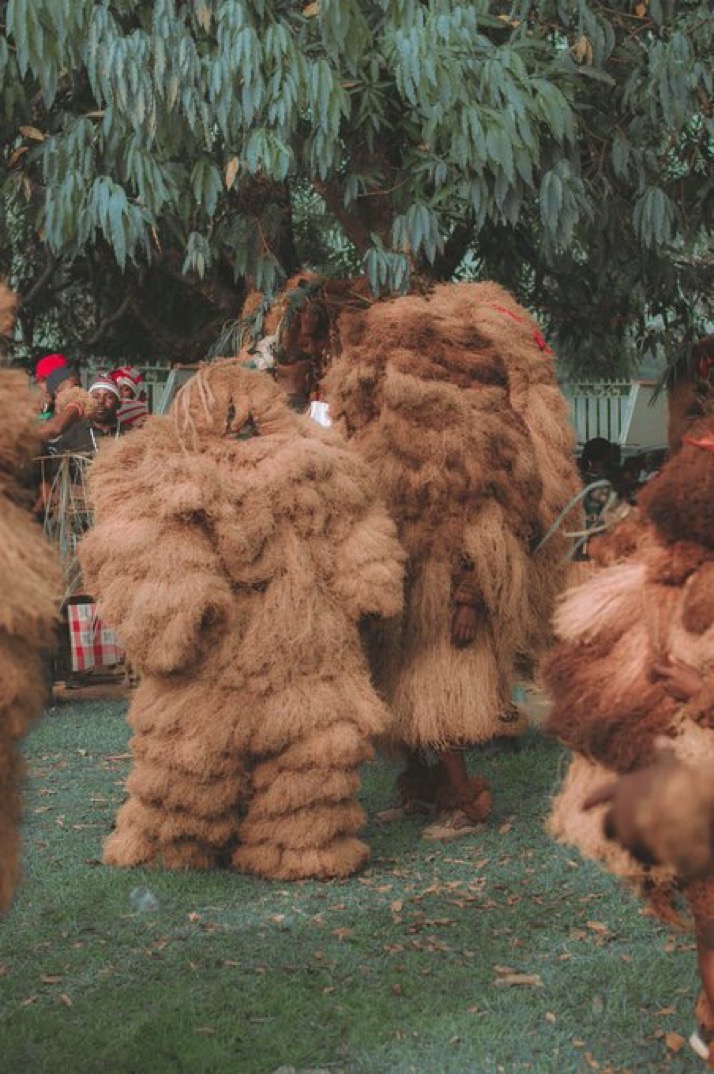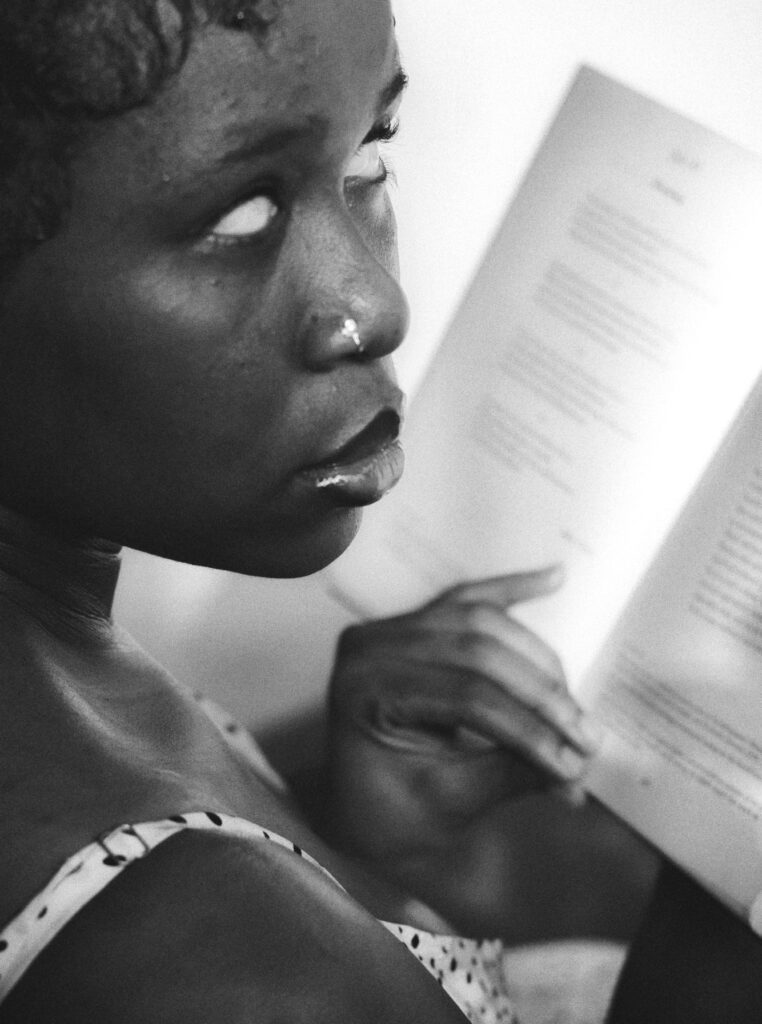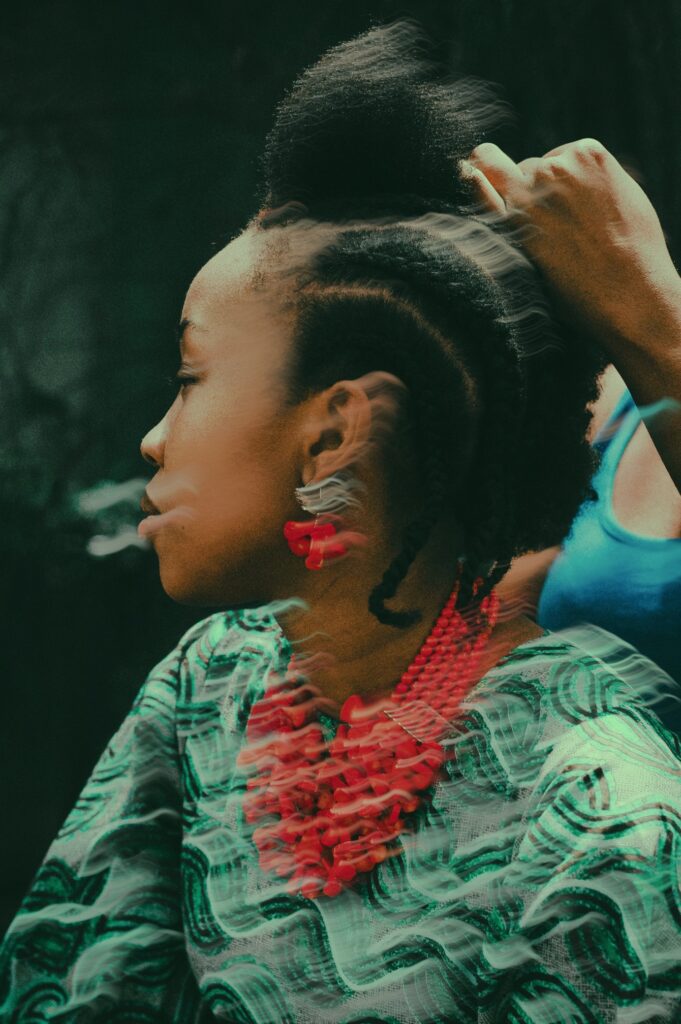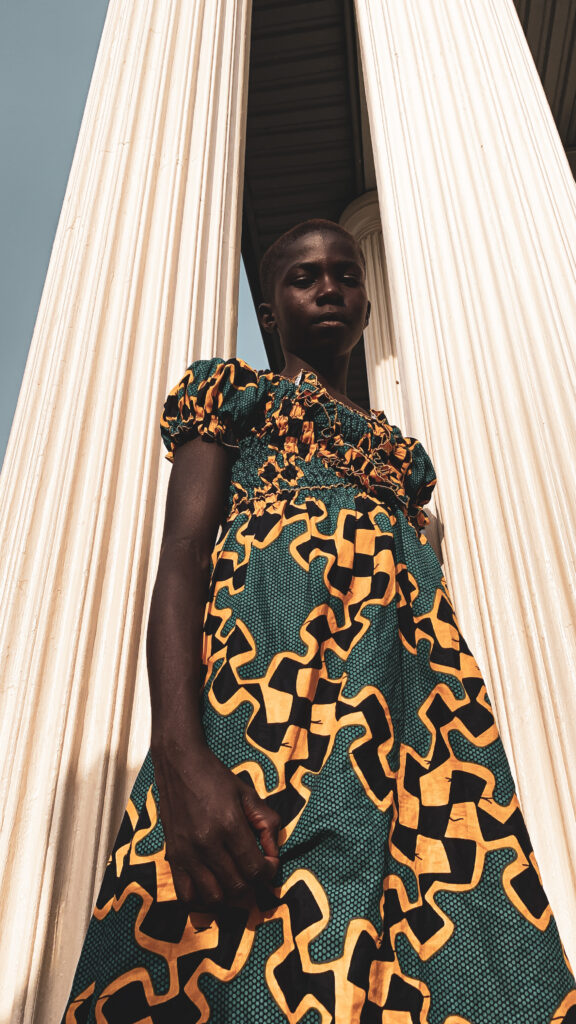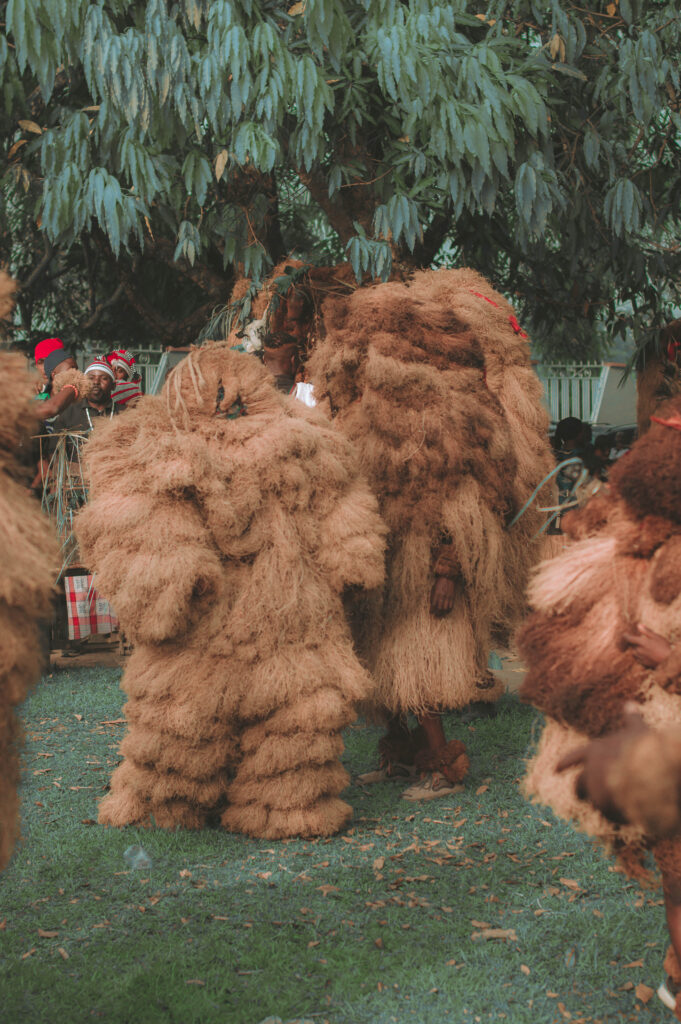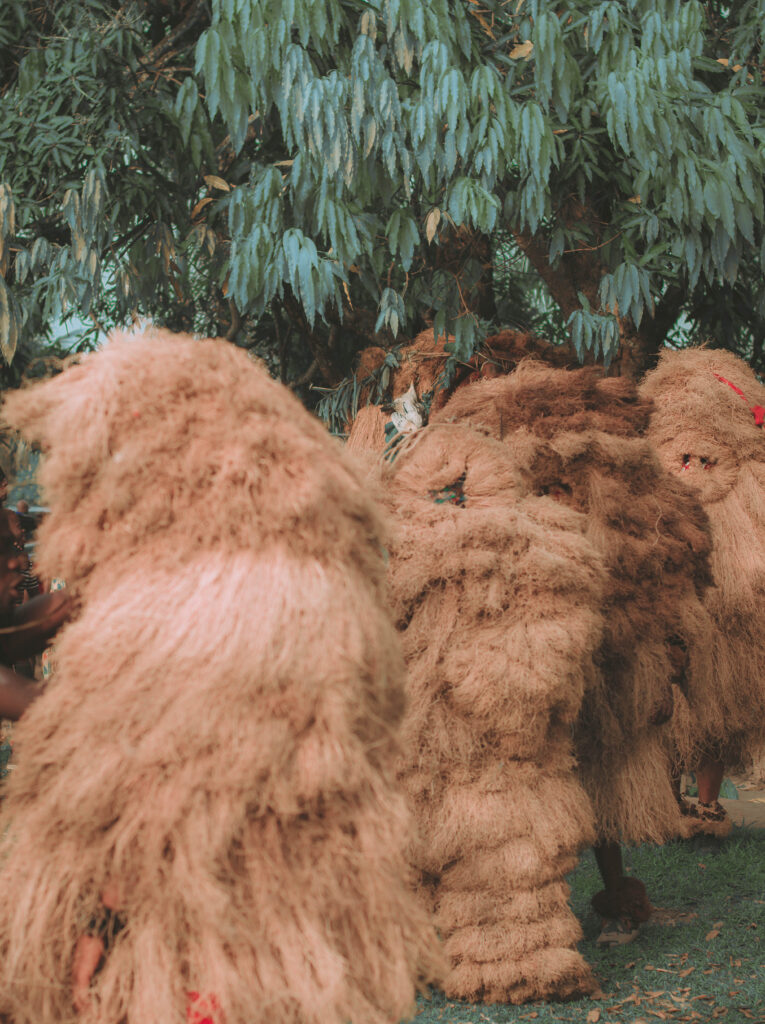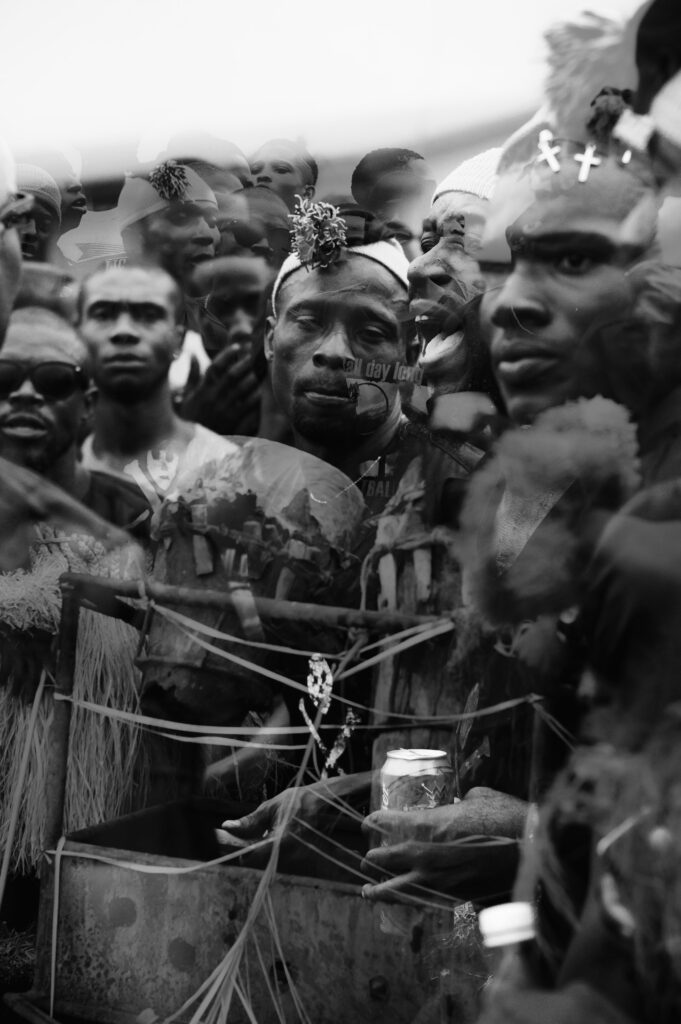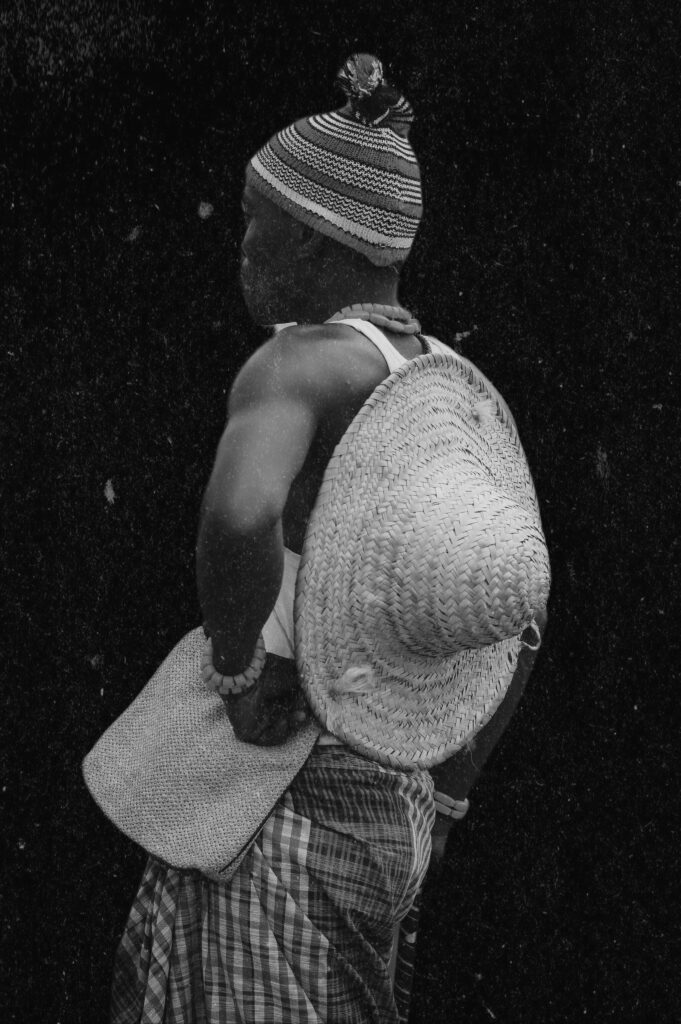It is no gossip that crypto is a big deal in Nigeria being that Nigeria is one of the leading countries in the world when it comes to creativity. This makes the number of people looking to buy ETH or Bitcoin in Nigeria insanely high. NFTs, that is why. The latest digital trend fast gaining attention in Africa’s largest economy, are non-fungible tokens, which are unique and non-interchangeable units of data on a digital ledger. And it is not a joke, the official Coffin Dance finished at a groundbreaking 327 ETH ($1,045,409 making it one of the top meme auctions in history. But, there is no guide to being successful at minting NFT because it is confusing, a swam of bees are flying about it, but not a lot of people can speak exactly on it because NFT sales are prone to rapid and unpredictable change and even some analysts believe we are living in a bubble when it comes to the subject of NFT, it is considered one of those internet fads that is here today and gone tomorrow. But, despite the potential nose turns, some NFT artists from Nigeria are thriving in the expanding market for digital art, leveraging the art world’s shift to the digital world. Their net worth is increasing while they’re at it, despite a government clampdown on trading cryptocurrency. Anyway, this is not a how to buy NFT or sales article, this is about photojournalists in Nigeria turning visual stories into non-fungible tokens, how rad is that?
“The Ekpo” or Ghost masquerades is an ancient society that originated from the Ibibio ethnic nationality of Akwa Ibom State. Due to cultural relations, the society seeped into neighboring Igbo tribes; Aro, Ohafia, Abriba, Bende, Ohuhu, Ikwuano, Ngwa, Ndoki in Abia State, Obowu in Imo State and even up to the Ikwerre of Rivers State. The secret society is based on the belief in life after death, hence the masquerade is believed to be ancestral fathers who visit the realm of the living to involve in the affairs of men. Initiation into the Ekpo society is patriarchal and restricted to men. it begins with the boy stage, known as the “Ekpo ntokeyen”. The second stage “Ataat”, is the young adult stage while the last stage is the “Ekpo nyoho” stage. One must have been fully initiated into the society before marriage, after which they are promoted to the Ekpo nyoho stage. The Ekpo Season is between July- December, depending on Community. In some Ngwa and Ohuhu clans and Ikwerre clans like Isiokpo and Rumuji, the Ekpo festival is held in late December.
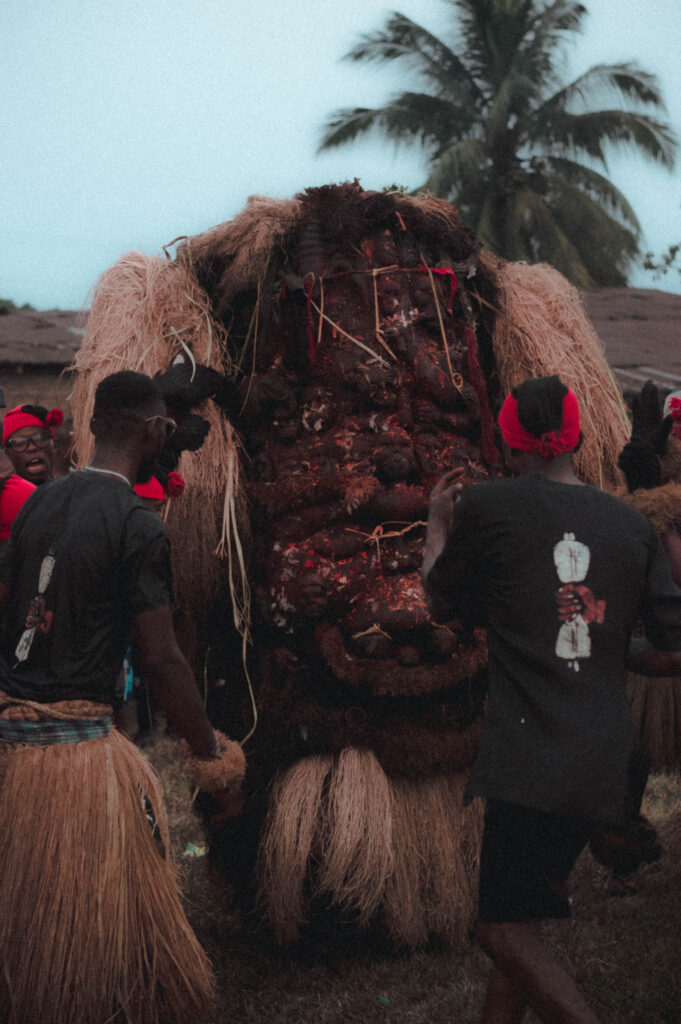
The Masquerade Display is one of the oldest practiced Ikwerre traditions. It’s been in practice since the early 70s and possibly earlier. In Nigeria every tribe has its own kind of masquerade display. These are the Ekpo of the Isiokpo people of the Ikwerre tribe from Rivers State. Masquerades were initially used to create unity and entertainment for the people after the war ended. It worked and till today, people travel from around the world to watch them. Each masquerade has it’s name, importance and most importantly, a display pattern. Over the years the masquerade display has been used for festive seasons and new year celebrations. It’s one thing that brings people from different walks of life together. They tend to display days from the 26th of December to the 5th of January. The Isiokpo masquerade culture is a huge influence to every other Ikwerre person/masquerades and they come to them for masks, dance steps etc. the fluffy shorter masquerade is known as Itiboribo. Masquerades such as “Tatulé” have heavier masks.
Aleruchi Kinika
Hello Aleruchi and welcome to Random Photo Journal! Briefly introduce yourself, What do you do and what got you started on your artistic journey?
Hello, I’m Aleruchi Kinika. I am a photographer and writer currently based in Nigeria. I am mostly a documentary and conceptual photographer but I tend to experiment with other genres as well. One reason I started photography is simple. Photos tell stories when words fail. With photography, we can trap time and always have something to look back on. Sometimes we do not understand the importance of a photo till years after they’ve been taken. They just have a way to bring you back to a particular time in your life or give you an insight into places and people from across the world.
Why do you think your work is necessary?
I think my work is necessary and important. Like I said, with photography, you learn more about people, places and even animals. Photos are more than just looking good for the camera but also being your most authentic self or telling a story you want to transcend time. My people lack proper documentation and I feel with photographs, that could’ve been avoided and it’s one of the reasons why I feel my images are important. It goes beyond just my culture. You know how you see pictures from the family album and they lead to very interesting stories? You get to know the faces of people you never knew personally but once you have that connection with them, you often feel like you knew them in their lifetime. That’s the beauty of photos. It saves time and immortalizes people and things. I always say, you never truly die as long as you have a photo people can always look back at.
What message would you like to get across with your work?
The beauty in tribes that aren’t really known. The importance of documenting. The need for storytelling. Doesn’t matter if it’s your culture (in the case of the documentary) or your struggles and imaginations (in the case of conceptual photographs)
How long have you been a photographer?
Started professional photography in December of 2019 when I got my first DSLR camera. However, prior to that, I took photos with my phone often and my mum had this pocket camera I used to take pictures every once in a while from as far back as 2015.
Who are some of your photography inspirations?
I started photography on my own so I didn’t exactly have a lot of inspiration. I did see pictures I admired and wondered how they achieved that but generally, I admire a lot of photographers who understand the craft and love photography in its purest form. Recently I’ve gotten to know more photographers, especially because of the NFT to space. I admire a lot of them for different reasons.
Do you face any difficulty while taking pictures?
Excluding being pushed about a lot, trying to get a good shot, and people assuming I’m definitely a photographer’s assistant or trying to see my work to be sure I know what I’m doing, maybe because I’m a woman, I doubt I have any other.
In your opinion, what makes a good photograph?
The authenticity and vulnerability of the subject. Iconic and simple storytelling. A photograph can have the best lighting, composition, focus etc but could still be very boring. Don’t get me wrong, it important to learn your craft as they aid you to tell your stories better. It just goes way beyond that.
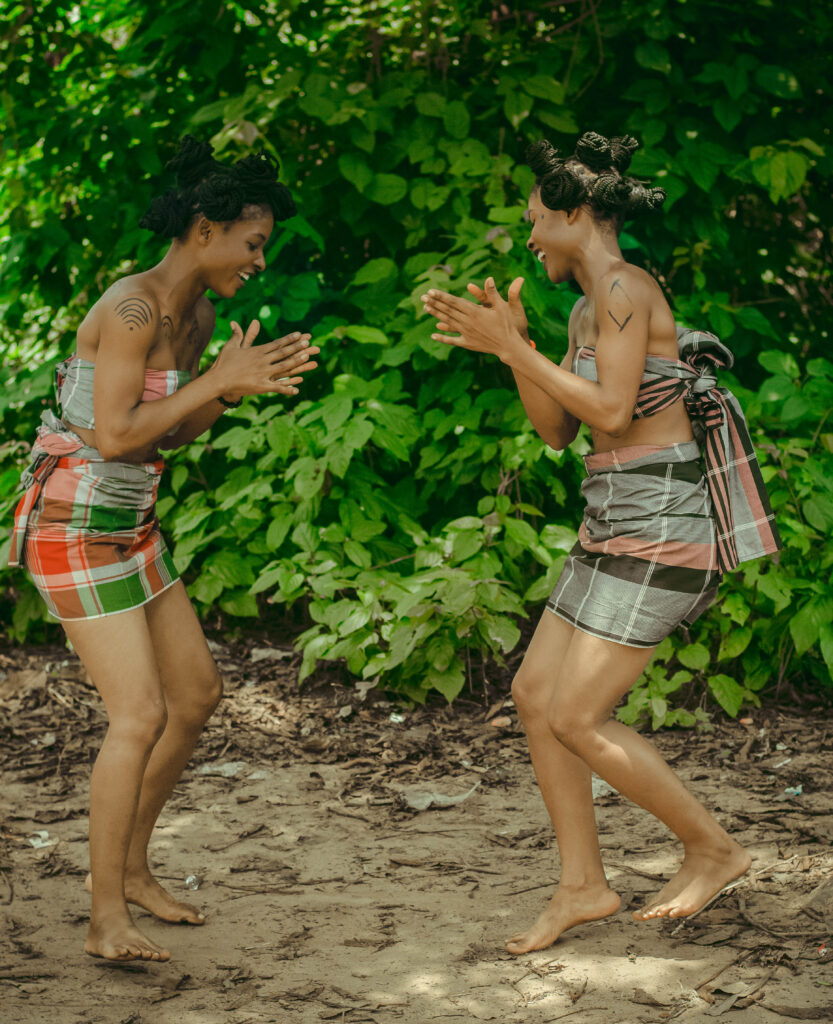
How did you become interested in NFTS?
A friend of mine saw my work and told me about it. It wasn’t even my photographs. I’m a visual artist so I dabble in other mediums. He didn’t exactly know what it was but I got curious and found out for myself.
What did it feel like when you minted your first NFT?
I thought I was in over my head. I had a lot of school work so I didn’t exactly follow it up. I couldn’t afford gas fees so I minted on the polygon chain. I heard a lot of people didn’t collect on polygon so that was an additional challenge. Till I got my first collector. A friend of mine who is a photographer, Habi (a very talented photographer as well), sent me a link to a shill thread. I posted my work and this guy, Z4, a very talented artist as well, went “I’m gonna get this” and I was like “wait for real?” And he was like “yes, give me a minute”. I’d never forget that. Gave me hope. It was my photograph with additional designs I put on it. It was surreal. After a couple of sales, I finally got enough money to pay gas fees and move from that chain. But I got hacked and I had to start again. Gave me time to curate a better photography based collection and just own it.
What makes an NFT valuable?
I’d say the artist makes the NFT valuable, the more they improve in their craft the more the value increases.
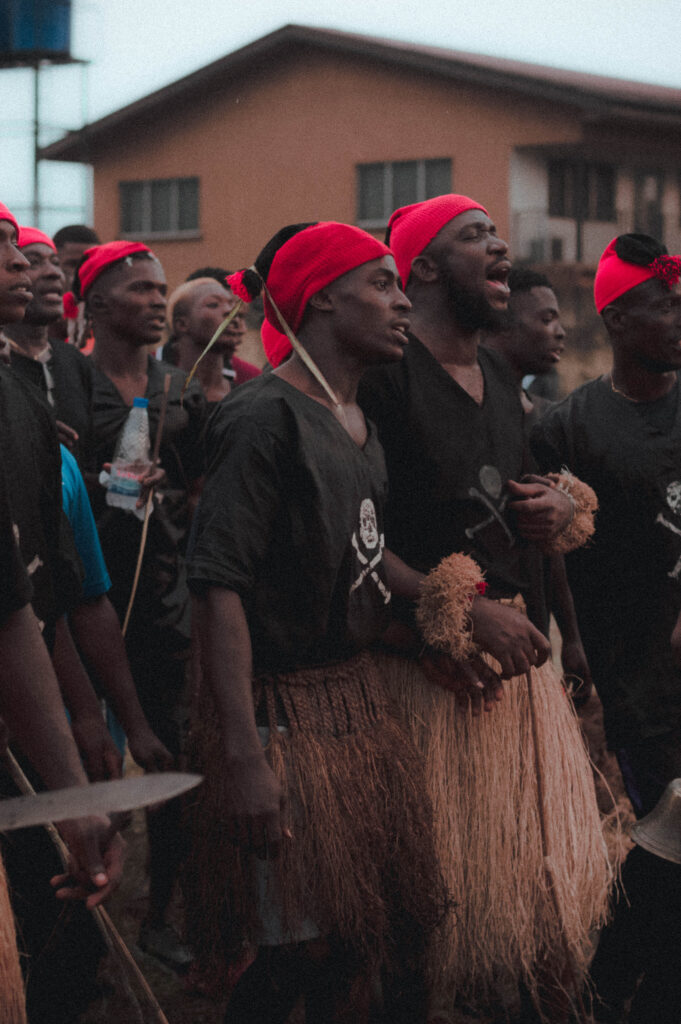
How to validate the authenticity of an NFT?
The thing about the NFT community is, that if you aren’t authentic, people eventually find out. It’s a place where transparency is very important.
Why should more photographers get into NFTs?
I think more photographers should come into the space but in their own time. When I came in, I had to learn the ropes on my own. I started seeing more Nigerians along the line and I felt so happy. But it is important to know that it isn’t a get rich quick scheme as most people would think. We put in the work. One thing is, it’ll break you, and most importantly, it’ll make you.

